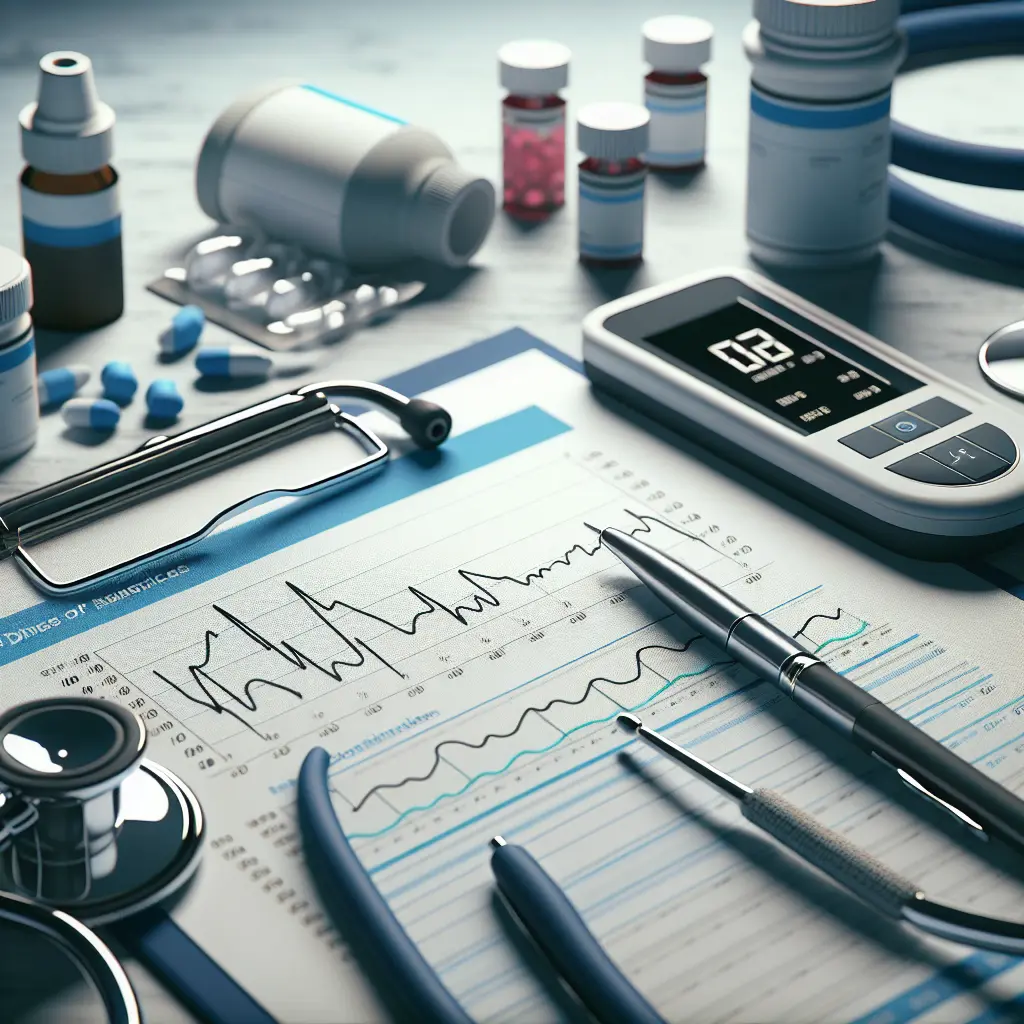Diabetes and hypertension (high blood pressure) are two of the most prevalent chronic health conditions worldwide, often occurring together and sharing multiple risk factors. Understanding the intricate relationship between these two conditions is crucial for effective management and prevention of complications. This article explores the connection between blood pressure and diabetes, their impact on health, and strategies for managing both conditions.
Research has shown a strong link between diabetes and hypertension. People with diabetes have a significantly higher risk of developing high blood pressure compared to those without diabetes. In fact, studies indicate that individuals with high blood pressure have an almost 60% increased risk of developing type 2 diabetes . This bidirectional relationship highlights the importance of monitoring and managing both conditions simultaneously.

Diabetes and hypertension share several common risk factors, which contribute to their frequent co-occurrence:
These shared risk factors underscore the importance of adopting a holistic approach to prevention and management of both conditions.
Several physiological mechanisms contribute to the connection between blood pressure and diabetes:
The combination of diabetes and hypertension significantly increases the risk of various health complications:
Effective management of both diabetes and hypertension is crucial for reducing the risk of complications. Here are some key strategies:

For many individuals, lifestyle changes alone may not be sufficient to control both conditions. Medications play a crucial role in management:
| Medication Class | Primary Use | Benefits for Diabetes and Hypertension |
|---|---|---|
| ACE Inhibitors | Hypertension | May slow kidney damage in diabetes |
| ARBs | Hypertension | Protective effects on kidneys |
| Calcium Channel Blockers | Hypertension | Help relax blood vessels |
| Diuretics | Hypertension | Help remove excess sodium and water |
| Metformin | Diabetes | May have mild blood pressure-lowering effects |
| SGLT2 Inhibitors | Diabetes | Can help control blood pressure and weight |
It’s essential to work closely with healthcare providers to determine the most appropriate medication regimen.
Frequent monitoring of both blood glucose and blood pressure is crucial:
Comprehensive diabetes education programs that include information on blood pressure management can significantly improve outcomes. These programs should cover:
It’s important to recognize that social and environmental factors play a significant role in the development and management of both diabetes and hypertension. These factors include:
Addressing these social determinants is crucial for comprehensive management and prevention strategies.
The connection between blood pressure and diabetes is complex and bidirectional. Understanding this relationship is crucial for effective management and prevention of complications. By adopting a holistic approach that includes lifestyle modifications, appropriate medication use, regular monitoring, and addressing social determinants of health, individuals can significantly improve their outcomes and quality of life.
By taking proactive steps to manage both blood pressure and diabetes, individuals can reduce their risk of complications and lead healthier lives.